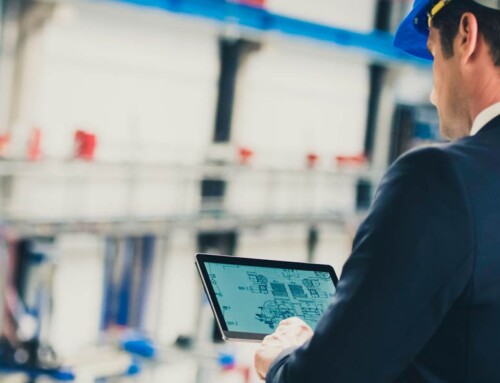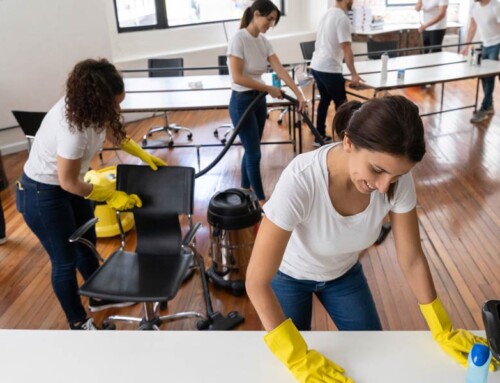Keeping Office Environments Clean and Healthy for Millennials
According to a study by the Goldman Sachs Group, Inc., “for millennials, wellness is a daily, active pursuit. They exercise more, eat smarter, and smoke less than previous generations.” In other words, they are much more health conscious and this applies to their workspaces. It is for this reason that entrepreneurial companies, especially those engaged in developing new technologies— the types of companies millennials want to work for— must make sure their offices are clean and healthy.
The first thing office and facility managers with environmental health and safety responsibilities should know is that looking clean has very little to do with how clean and healthy a space really is.
Facility managers must look deeper. Microbial contamination is all too often well hidden. This can make it a wise idea to work with services that have the tools, equipment, and training to locate these hidden contaminants, revealing their whereabouts to administrators, so that steps can be taken to eradicate them.
If you think this might not be a problem in your facility, think again. A study published in the November 2017 edition of Tech.co magazine, found that potentially harmful pathogens can be just about anywhere in a tech office. Further, they are “on the rise in co-working spaces and open floor plans.” These are precisely the types of spaces high-tech-focused millennials typically work in.
While the Tech.co article was based on in-depth studies conducted in 2005 and again in 2012, the report added that “recent research found that levels of bacteria were significantly higher in shared [co-working] workspaces than in [traditional, one person/one office] single occupancy desks.”
Conclusions were drawn by using an ATP (adenosine triphosphate) meter and other tools. These technologies indicated if high-touch surfaces such as walls, window ledges, door and window handles, railings, water fountains, as well as workstations and desks are potentially contaminated.
We use the word potentially because there can be considerable variability in ATP readings. Unfortunately, what an ATP meter cannot do is pinpoint exactly what pathogens exist. Experts refer to this as specificity.
Instead, it suggested more generally where issues may exist, providing administrators with a warning sign that potentially harmful pathogens are on a surface— pathogens that could make someone sick and should be removed. Some services leverage new imaging technologies that can help improve overall outcomes.
The report also indicated which surfaces are most contaminated in an office. But before we discuss where they found most of these germs and pathogens, we should address the following question: Why would co-working and desk-sharing spaces be more contaminated than a traditional office situation? Among the reasons, according to the November 2017 report, are the following:
- More people sharing the same areas or working together means more people may be coughing, sneezing, or even yawning. This allows germs to become airborne, finding their way to co-workers, but also landing on desks, keyboards, phones, supplies, etc.
- A third of the co-working staffers sometimes or frequently retrieved things from trash cans in the office. Wet trash and food in trash cans can develop harmful bacteria very quickly. This can then be transferred on to hands and then once again to office surfaces.
- Nearly one in two co-workers leave restrooms without washing their hands. The report referred to this as one of the most significant ways pathogens find their way on to all kinds of surfaces.
Based on the earlier studies that tested 3,000 offices and nearly 5,000 surfaces, these were the most contaminated surfaces:
- Microwave door handles. About half of the microwave door handles tested contained high levels of germs.
- While this was expected, what was not expected was that just 27 percent of the keyboards were contaminated. However, if they were, the report indicated they were highly contaminated.
- Refrigerators doors. As with microwave door handles, refrigerator door handles have, what we could call, a lot of “yuck” on them.
Contamination was also found on coffee machines and coffee pot handles; vending machine buttons, which also were reported to be highly contaminated; office desks; water coolers; as well as other high-touch areas and surfaces.
What often happens when administrators find out how many surfaces in their offices are contaminated, it’s a bit of a shock. However, now they know that looks clean and healthy means virtually nothing. It also tells them they have some work to do to provide the type of healthy workplace they want for their staff.
















